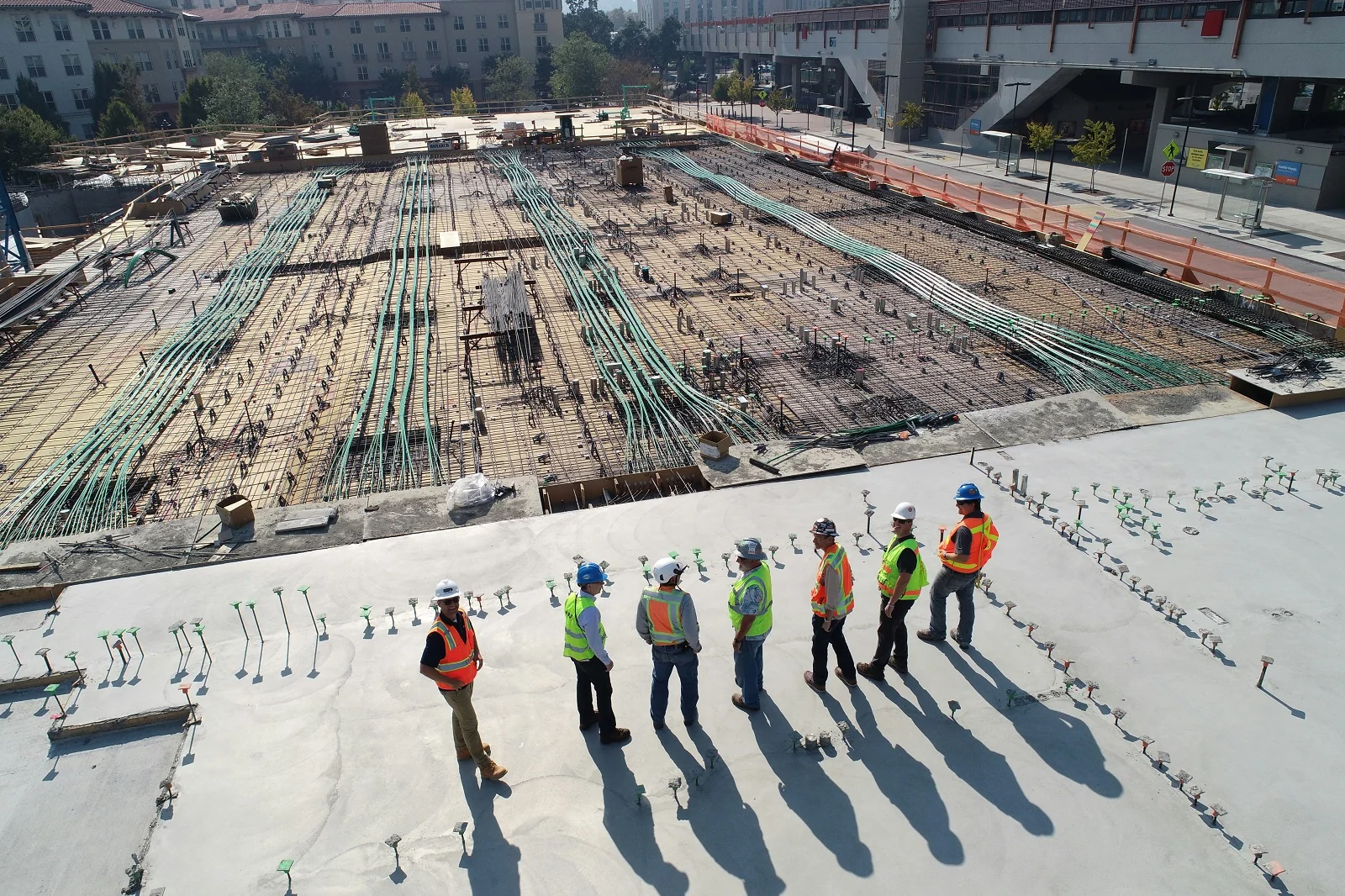In recent decades, road construction has witnessed significant technological advancements. One of the most remarkable developments is the rise of composite materials. These innovative materials offer numerous advantages over traditional construction materials like concrete and steel, leading to their increasing use in infrastructure projects worldwide. In this blog, we explore the reasons behind the growing popularity of composite materials in road construction and their impact on the future of infrastructure.
What Are Composite Materials?
Composite materials consist of two or more different components that together form a material with enhanced properties. These components typically include fiber reinforcements (such as fiberglass, carbon fiber, or aramid fiber) and a matrix material (such as polyester resin, epoxy, or vinyl ester). The combination of these materials results in a composite that is lighter, stronger, and more durable than the individual components.
Advantages of Composite Materials in Road Construction
Composite materials offer several benefits that make them particularly attractive for road construction:
- Lightweight and Strength: Composite materials have a high strength-to-weight ratio, making them strong yet lighter than traditional materials. This eases the load on structures and simplifies transportation and installation, reducing costs.
- Corrosion Resistance: Composites resist corrosion, unlike steel, which can rust. This resistance to chemical attack and weathering extends the lifespan of roads and bridges, lowering maintenance costs.
- Durability and Longevity: Composites are highly durable and can endure extreme weather, heavy loads, and repeated use without losing integrity. This reliability makes them ideal for road construction.
- Design Flexibility: The flexibility of composites allows for complex shapes and designs not possible with traditional materials, enabling innovative infrastructure projects.
For a detailed exploration of these benefits, refer to “The Strengthening Power of Fiberglass for Concrete: A Revolution in Construction Technology.’’
Applications of Composite Materials in Road Construction
The versatility of composite materials leads to their use in various aspects of road construction:
- Road Surfaces Although still in the experimental phase, composite materials are also being explored for use in road surfaces. Composite road decks can be more durable and less prone to cracking and subsidence than traditional asphalt or concrete road decks.
- Runways, Ports, and Container Terminals Fiberglass is a non-electromagnetic material, meaning it does not interfere with the electrical paths of circuits. This ensures no interference with radio frequencies or third-party equipment used after the implementation of fiberglass reinforcement, making it perfect for airports, docks, and container terminals.
- Bridges and Viaducts Composite materials are increasingly being used in the construction of bridges and viaducts due to their strength, durability, and corrosion resistance. Composite bridge decks can be installed faster and lighter than traditional concrete decks, leading to shorter construction times and less traffic disruption.
Future Prospects
The future of composite materials in road construction looks promising. As technology advances and the costs of composites decrease, we will likely see an increase in their use for various infrastructure applications. Innovations such as self-healing composites and environmentally friendly production methods can further enhance the benefits and contribute to more sustainable and resilient road construction projects.
Conclusion
Composite materials represent an exciting and innovative development in road construction. Their unique properties, such as lightweight, strength, corrosion resistance, and durability, make them a valuable choice for modern infrastructure projects. As we continue to strive for more efficient and sustainable solutions in the construction sector, composite materials will undoubtedly play a key role in shaping the future of our roads and bridges. Whether you are an engineer, urban planner, or policymaker, exploring the possibilities of composite materials can lead to more sustainable and cost-effective infrastructure solutions that withstand the challenges of the 21st century.
